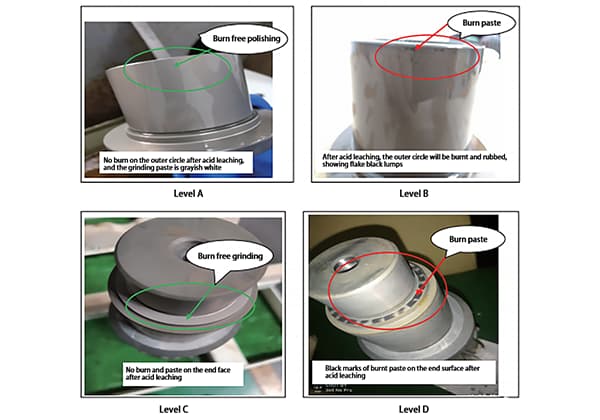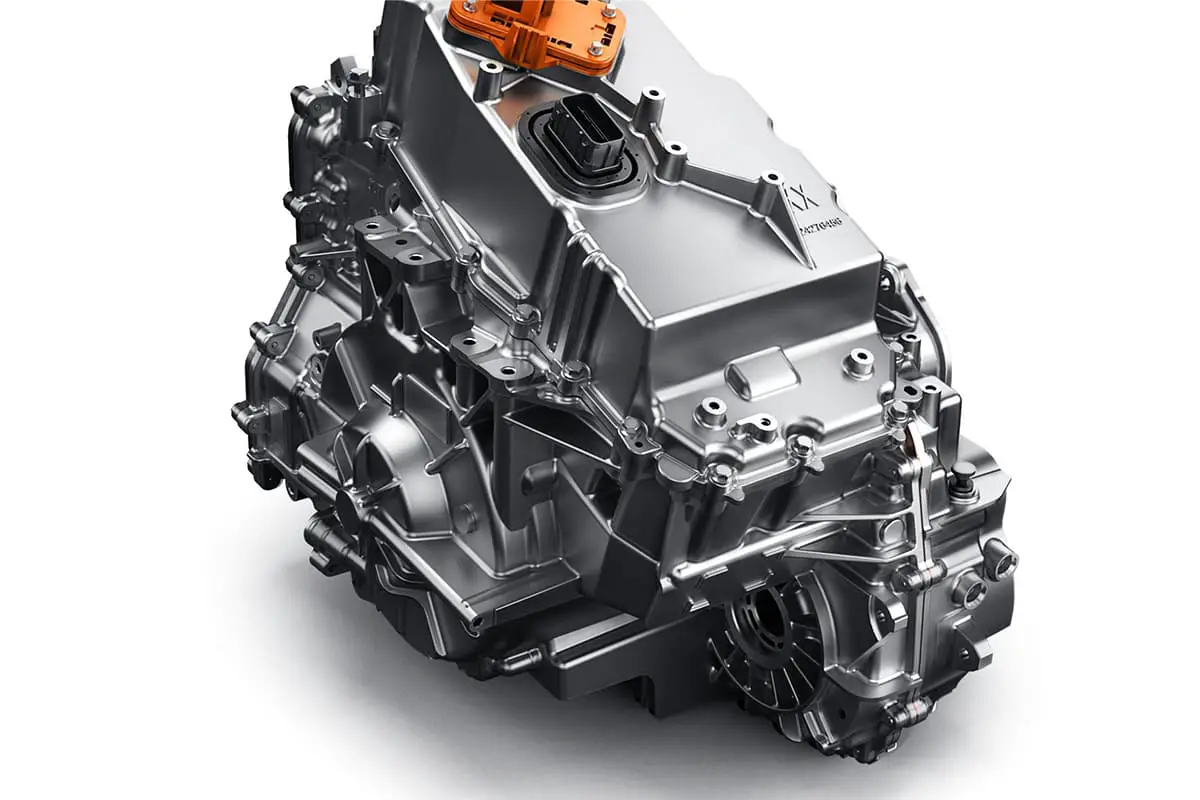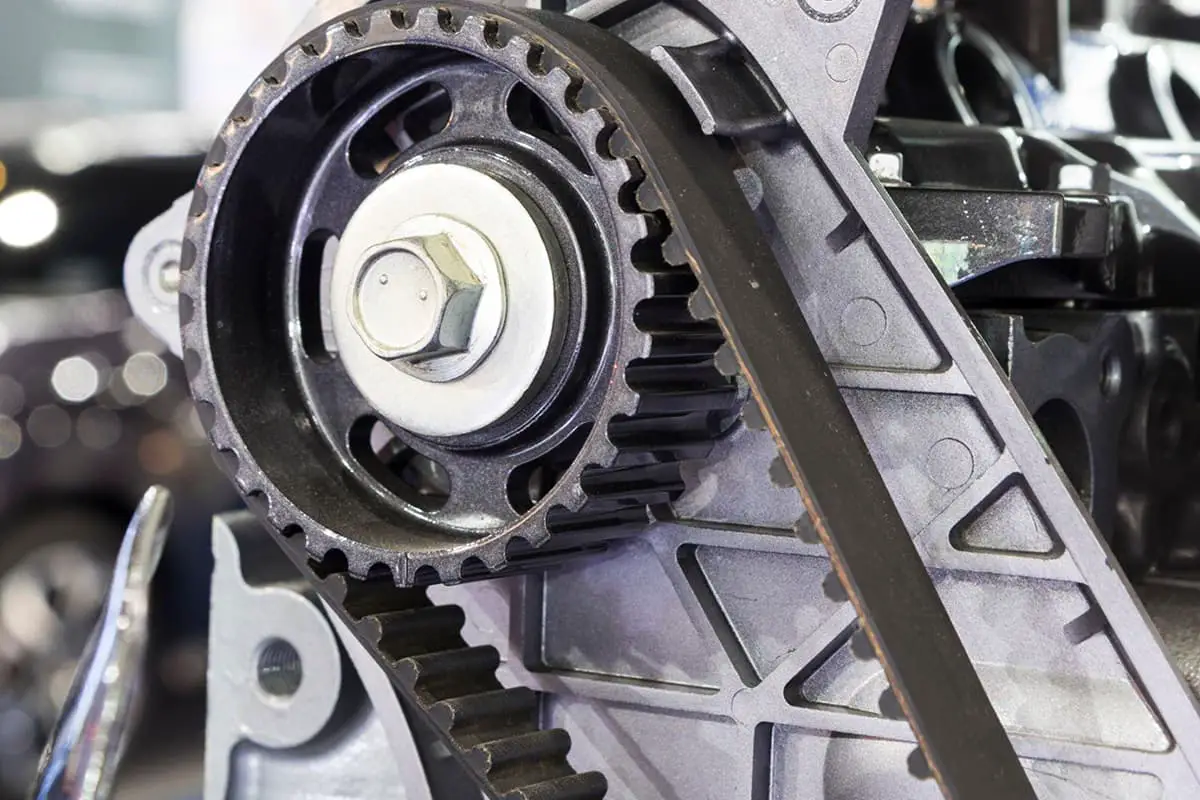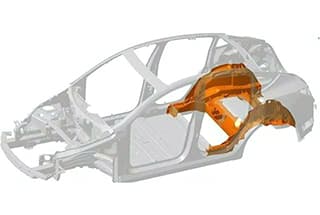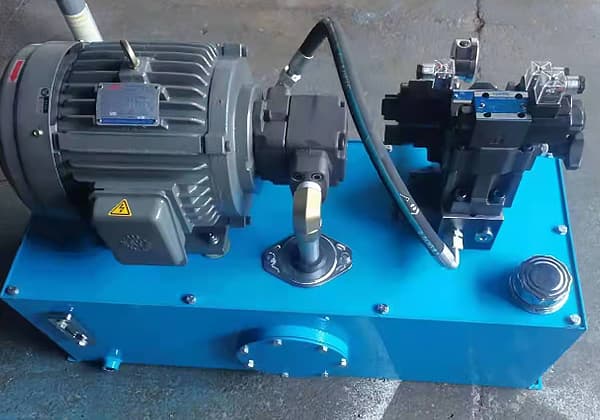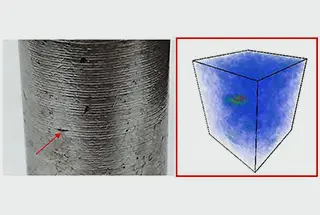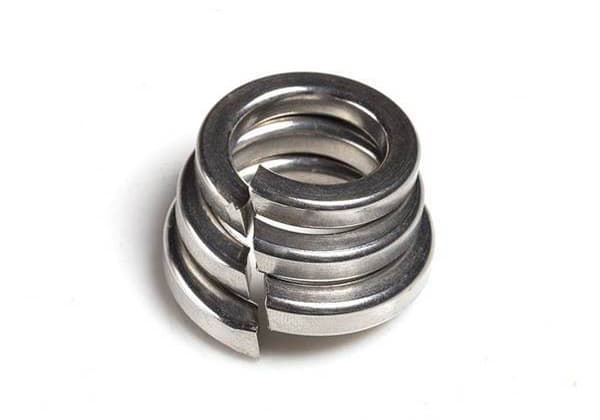
Imagine the annoyance of a persistent hum or rattle coming from your motor bearings. This article dives into the reasons behind these noises, explaining how vibrations transform into audible disturbances. By understanding the causes and characteristics of both normal and abnormal bearing noises, readers will learn how to diagnose potential faults effectively. Expect practical insights on the methods and limitations of motor bearing noise analysis, ensuring your machinery runs smoothly and quietly.
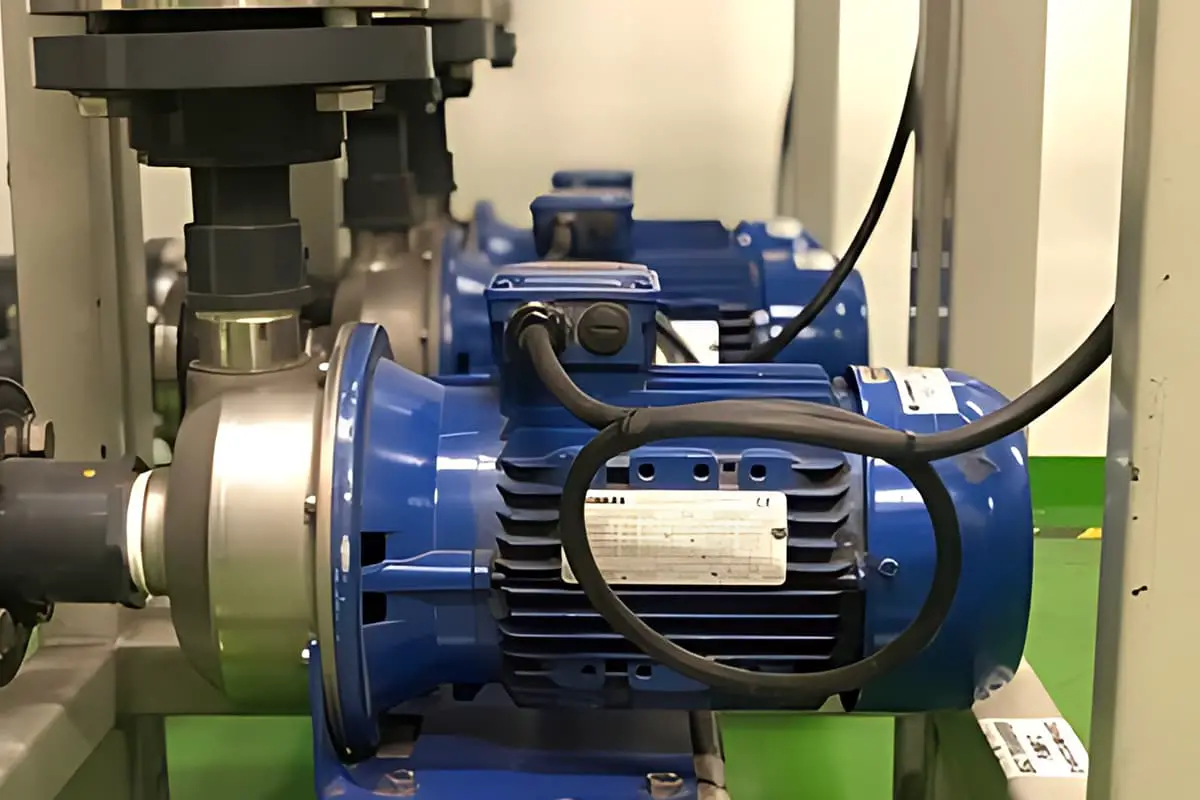
The noise manifestation during the operation of electric motor bearings has always been a factor of concern for motor users and engineering technicians. Often, noise measurement is one of the commonly used methods for diagnosing and analyzing the operational conditions of motor bearings.
In fact, the root cause of noise is vibration. The sounds we hear in everyday life are simply vibrations within a certain frequency range, which are transmitted through the air to the eardrum and perceived by our auditory senses.

Therefore, the quantitative analysis method for noise essentially aligns with that of vibration.
However, due to the influences of the measurement environment and human perceptual abilities, it possesses certain unique characteristics.
Firstly, motor bearings, once operational, generate a certain level of noise due to internal vibrations. Any mechanical device generates noise when in operation due to the vibrations it produces.
A completely silent bearing does not exist, so there is inherent noise within motor bearings in operation. This noise is a result of the bearing’s structure.
Additionally, this noise is related to the bearing’s craftsmanship and design. This noise does not indicate the presence of potential faults within the bearing, hence, it is considered normal.
As a user of motor bearings, one cannot change or eliminate this inherent normal noise. Since this noise does not indicate any faults, it does not require extra attention.
However, if there is a defect or failure within the bearing, additional vibration caused by these defects will generate more noise upon operation. This noise is an external manifestation of internal faults in the bearing.
This is an area of concern for motor engineers in practical applications and should be eliminated. Therefore, the noise mentioned in the diagnosis of motor bearing faults refers to the noise that reflects internal bearing faults, often referred to as abnormal noise in motor bearings.
Abnormal noise in motor bearings is noise caused by faults in the motor, bearings, or related components. Removing the fault can eliminate this noise. Hence, the abnormal noise in motor bearings can be eliminated.
Correspondingly, this noise often indicates the presence of some fault in the motor. Therefore, abnormal noise in motor bearings can be used as a determining factor in the diagnosis and analysis of motor bearing faults.
The abnormal noise of a motor varies depending on the type of fault, but the normal noise pattern of motor bearings is relatively consistent. The normal noise of motor bearings is easier to remember.
The noise emanating from motor bearings is perceived by the human ear after it is transmitted through the air medium from the vibration excitation source. This transmission occurs over a considerable distance.
If other interfering noises exist within this space, the sound that reaches the human ear is a mix. It’s challenging for the human ear to separate this blended noise.
Even test equipment may yield inaccurate results under certain interference conditions. Therefore, the noise measurements of motor bearings require a strictly controlled environment to eliminate the interference caused by ambient noise.
On the other hand, a motor operates as a whole and produces not only bearing noise but also noises from components like the fan and electromagnetic elements, among others. These noises are part of the overall noise of the motor and are inseparable during its operation, adding to the interference in the analysis of motor bearing noise.
Therefore, when conducting noise tests on motor bearings, the aforementioned adjustment factors and limitations often need to be taken into account. Due to these factors, the noise analysis of motor bearings can be challenging to quantify on-site.
We have previously mentioned that motor bearing noise and vibration have the same origin. If we can effectively capture the noise of motor bearings using superior equipment and experimental conditions, the analysis method is consistent with vibration analysis. This includes time-domain and frequency-domain analysis.
Indeed, under optimal conditions for motor bearing noise testing, frequency-domain analysis of motor bearing noise can help exclude interference factors such as electromagnetic noise from the motor and fan noise, thereby identifying the unique noise spectrum of the bearing.
Given the stringent conditions for quantitative analysis of motor bearing noise, it is often difficult to achieve in general practical scenarios. Therefore, on-site analysis usually involves qualitative analysis of motor bearing noise, with quantitative analysis being less common.
This so-called qualitative analysis involves using the “correct method” to listen to the performance of motor bearing noise. This process involves making qualitative judgments by comparing it with normal noise, or estimates for certain fault noises. Diagnosis and analysis of motor bearing failures are completed in conjunction with other diagnostic and analysis methods.
In this process, experienced engineers often rely on memory. Some devices now store examples of typical noises, which aids field technicians in their comparisons.
However, human comparisons still have variations due to experience and auditory perception. Therefore, in real-world engineering, noise analysis often serves as a supplemental tool for qualitative judgment.

